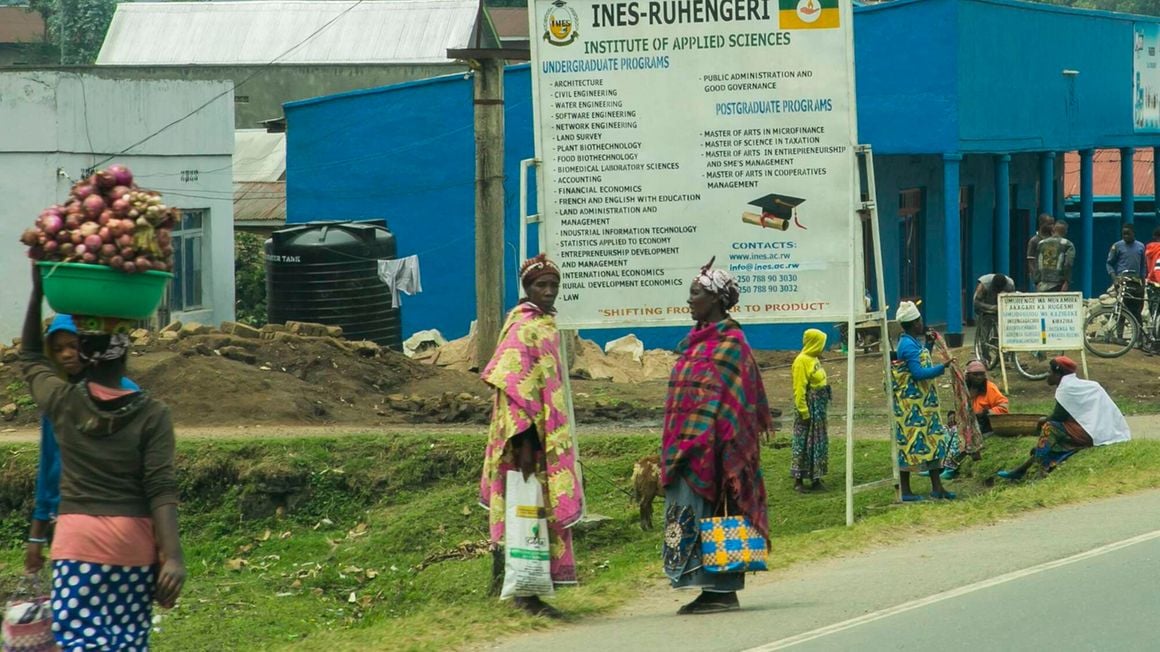Rwanda’s economic managers remain under intense pressure to contain a persistent rise in the cost of living that is eroding savings and incomes and reducing the purchasing power of many.
World Bank analysts say poor households are bearing the brunt of this rise in food prices as low-income households in Rwanda typically spend more than one-third of their overall budget on food, and the costs of staples that make up most of a poor household’s expenditure on food have risen sharply.
In its latest attempt to arrest the rising cost of living, last week the National Bank of Rwanda’s Monetary Policy Committee (MPC) which meets on a quarterly basis increased its rate to 7.0 percent from 6.5 percent in November 2022. This is the fourth hike in recent months.
“Based on the prevailing economic conditions, the MPC decided to increase the Central Bank rate from 6.5 to seven percent to continue the fight against inflationary pressures affecting consumer’s purchasing power …” said John Rwangombwa, Central Bank Governor on February 16.
The bank has set a medium-term band target of 2-8 percent though MPC says it will continue to monitor the situation closely.
Despite its best efforts to protect consumers from price shocks, inflation has risen largely fuelled by the global rise in food prices, driven by external factors including the Ukraine war, fertiliser costs, and energy prices.
This was worsened by a decline in food production in 2022, food crops production saw a 2.1 percent decline.
On February 23, the Ministry of Finance and Economic Planning, in collaboration with, GIZ and Economic Policy Research Network organised a Public-Private Policy Dialogue aimed at shedding light on the patterns and drivers of inflation as well as discussing ongoing containment measures.
Some interventions include subsidies on fuel, and agricultural inputs including fertiliser and seeds as well as diversifying import sources for major foodstuffs.




